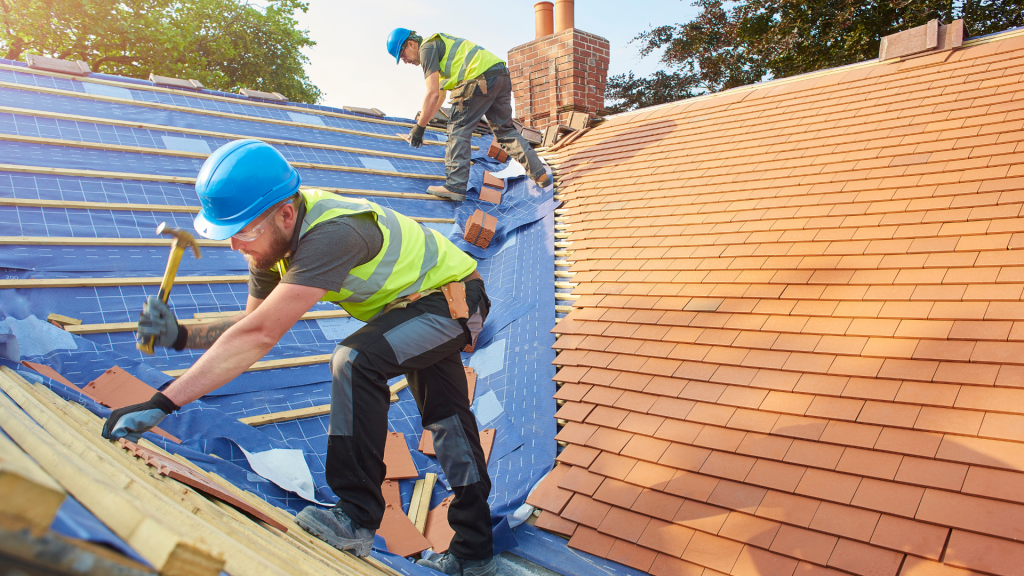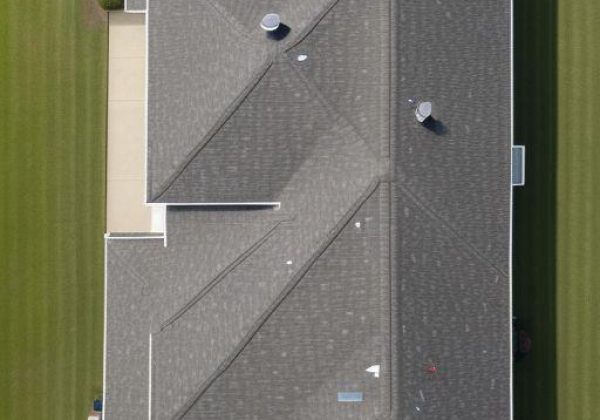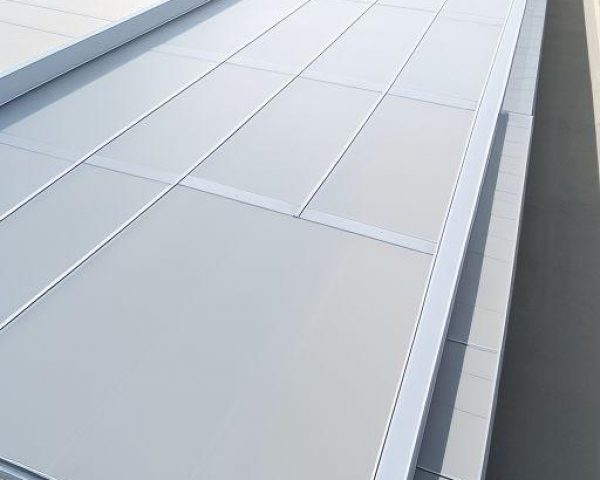Understanding Storm Damage: Key Indicators That Your Roof Needs Immediate Attention
Introduction
When a storm rolls through, it can leave behind a trail of destruction that often goes unnoticed until it's too late. One of the most critical components of your home that can suffer from severe weather is your roof. Understanding Storm Damage: Key Indicators That Your Roof Needs Immediate Attention is essential for any homeowner, especially in areas prone to severe weather events like Lavon, Texas. This article will guide you through the various signs of storm damage, how to assess your roof's condition, and when to seek professional help for storm damage roof repair in Lavon, Texas.
Understanding Storm Damage: Key Indicators That Your Roof Needs Immediate Attention
Storm damage can manifest in many ways, making it crucial to know what to look for after a significant weather event. High winds, hail, heavy rain, and flying debris are just a few factors that can compromise your roof's integrity.
The Importance of Timely Repairs
Why is it so important to address storm damage quickly? Delaying repairs can lead to more extensive and expensive issues down the line. Water leaks may develop into mold infestations, structural damage could worsen over time, and your home’s energy efficiency may decrease.
Common Types of Storm Damage
- Missing Shingles: Strong winds can tear shingles off completely.
- Lifted Shingles: Even if they aren't missing, they may have been lifted and could allow water penetration.
- Dents and Dings: Hailstones can create noticeable dents on shingles or metal roofing.
- Granule Loss: Check for granules in gutters; their loss can expose the underlying materials.
- Leaks: Look for stains on ceilings or walls indicating moisture intrusion.
- Mold Growth: Black spots in corners or around windows suggest prolonged exposure to water.
- Tree Limbs: Falling branches can puncture roofing materials or cause other forms of damage.
- Foreign Objects: Items carried by high winds could create holes or cracks.
How to Conduct a Roof Inspection After a Storm
If you're wondering how to check your roof after a storm, here are steps you should take:
- Always ensure safety when inspecting your roof. Use sturdy ladders and consider using binoculars from the ground level.
- Look for missing shingles, broken tiles, or any visible sagging areas.
- Clear out debris and look for shingle granules that may have washed away.
- Inspect the attic for signs of leaks or mold growth.
- Take photos of any visible damage for insurance claims or professional evaluations.
Signs Your Roof Needs Immediate Attention
1. Missing or Damaged Shingles
One of the first signs you might notice is missing or damaged shingles on your roof after a storm hits.
Why It Matters
Shingles play an essential role in protecting against water infiltration; without them intact, you're at risk of leaks.
2. Water Stains Inside Your Home
So you've checked the outside—what about inside? If you see water stains on ceilings or walls post-storm, this could indicate a serious problem.
What You Should Do
Immediate attention is required here! Consult with professionals skilled in storm damage roof repair in Lavon Texas to address any potential leaks before they become larger issues.
3. Sagging Roof Deck
A sagging roof deck could be an indicator that water has compromised its structure.
The Risks
This situation poses severe risks not only to your roofing system but also to the entire structure of your home.

4. Mold Growth
If you spot mold growing in areas like your attic or near vents after a storm, it's time for action!
Mold Consequences
Ignoring mold can lead to health problems and further structural issues over time due to dampness and decay.
FAQs About Storm Damage Roof Repair
1. What should I do immediately after a storm?
Assess visible damages from the ground level while ensuring safety first! Look out for fallen branches and debris around the property before checking your roof if safe.
2. How long does it take for storm damage repairs?
The timeline depends on severity; minor repairs could take a day while extensive work may require weeks!
3. Will my insurance cover storm damage?
Many homeowners' insurance policies cover certain types of storm damages; it's crucial to review policy specifics regarding coverage limits and claims processes with your provider.
4. How often should I inspect my roof?
It's recommended that you perform routine inspections twice yearly—once before winter and once after spring storms—to catch potential issues early!
5. Can I do repairs myself?
While minor fixes like replacing single shingles Lavon roofers may be manageable DIY tasks with proper knowledge and safety precautions taken into account—most repairs should be left up to professionals skilled in assessing structural integrity!

6. How do I find reliable contractors for repairs?
Research local companies specializing in storm damage roof repair in Lavon Texas; check reviews online or ask neighbors who've had similar work done recently!
Conclusion
Understanding Storm Damage: Key Indicators That Your Roof Needs Immediate Attention is vital if you're looking to protect one of your most significant investments—your home! From recognizing signs like missing shingles and water stains inside to understanding why timely repairs matter—it all contributes towards maintaining not just aesthetic appeal but also structural soundness over time through effective care measures following adverse weather conditions!
Don't wait until it's too late; act swiftly if you notice any signs of concern! Whether you're tackling small projects yourself (if safe) or hiring experts specializing in storm damage roof repair in Lavon Texas—keeping roofs secure ensures peace-of-mind now—and longevity tomorrow!

This comprehensive exploration serves as both an informative guide and an actionable resource for homeowners concerned about their roofs' resilience against storms while providing essential tips tailored specifically toward those residing within vulnerable regions like Lavon!